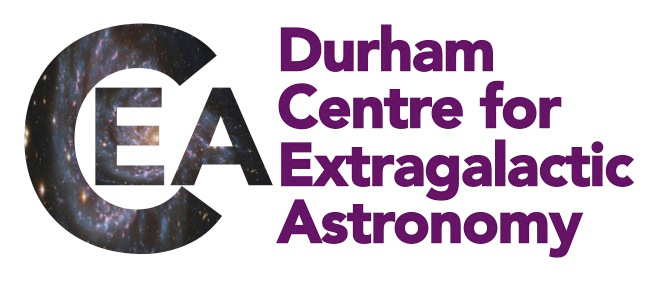CEA News, January 2023
Testing strong lensing subhalo detection with a cosmological simulation
Strong gravitational lensing offers a compelling test of the cold dark matter paradigm, as it allows for subhaloes with masses of ~10^9 M⊙ and below to be detected. A recent paper led by astronomers at the CEA tests commonly used techniques for detecting subhaloes superposed in images of strongly lensed galaxies.
 Figure 10 in the paper, Left column: the mock lensing images. Middle column: the best
recovered images using the decomposed model to fit the lens mass. Right column: the
corresponding normalized residuals (residuals divided by the noise).
Figure 10 in the paper, Left column: the mock lensing images. Middle column: the best
recovered images using the decomposed model to fit the lens mass. Right column: the
corresponding normalized residuals (residuals divided by the noise).
In this work, the authors take a simulated galaxy in a ~1013 M⊙ halo grown in a high-resolution cosmological hydrodynamical simulation for the lens, which they view from two different directions. Though the resolution is high, they note the simulated galaxy still has an artificial core which adds additional complexity to the baryon dominated region. To remove particle noise, they represent the projected galaxy mass distribution by a series of Gaussian profiles which precisely capture the features of the projected galaxy. They first model the lens mass as a (broken) power-law density profile and then search for small haloes. Of the two projections, one has a regular elliptical shape, while the other has distinct deviations from an elliptical shape. For the former, the broken power-law model gives no false positives and correctly recovers the mass of the superposed small halo; however, for the latter the authors find false positives and the inferred halo mass is overestimated by ~4-5 times. Then, a more complex model is used in which the lens mass is decomposed into stellar and dark matter components. In this case, the authors show that we can capture the simulated galaxy's complex projected structures and correctly infer the input small halo.

